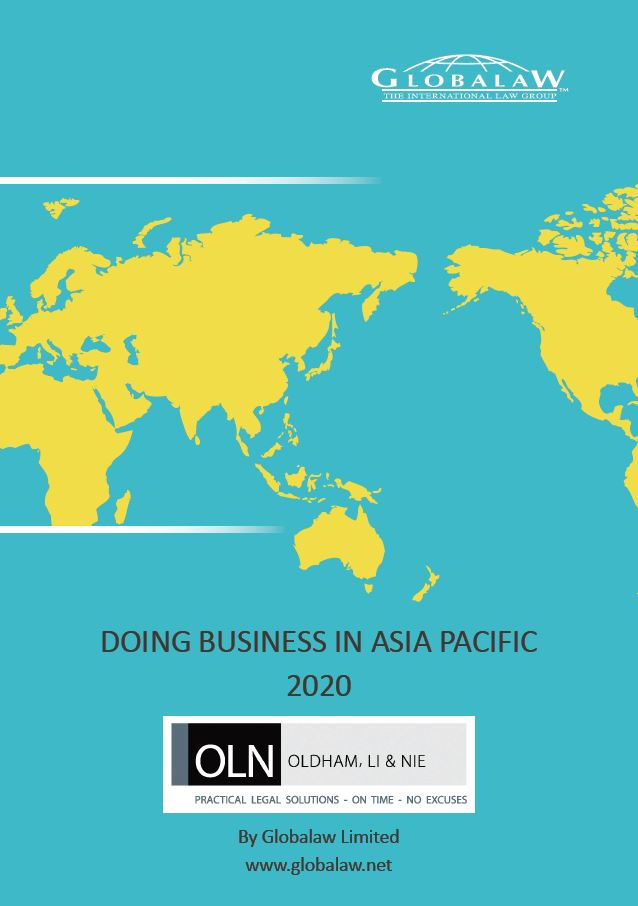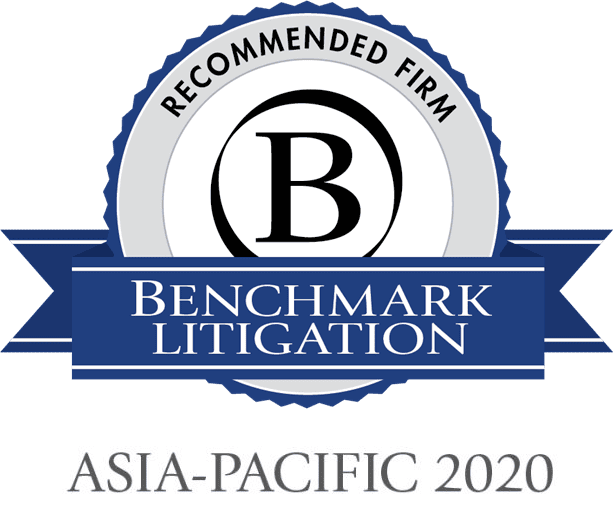Covid-19 has caused significant financial difficulties to business, some of which may have entered into loan agreements or are looking to sign up for loan schemes. This article explores various issues arising from key terms in loan agreements, their implications in light of Covid-19, and potential resolutions.
What Key Terms may Affect Borrowers?
- Material Adverse Effect
In financial transactions it is common for the agreement to include a “material adverse effect” (“MAE”) clause as a representation by the borrower i.e. it would be a conditional precedent that there is no MAE on a borrower or its business, operations, property, condition (financial or otherwise), prospects and/or ability to perform, before funds can be drawn down under a credit facility. One example of MAE is where there is a large negative variation in successive financial statements of the borrower.
Depending on the specific wording of the MAE clause in a loan agreement, such as whether it targets only the payment obligation of the borrower (which is narrower) or applies to the borrower’s entire business (wider by comparison), the implications vary. If the latter, a business suffering loss of clients and income from the pandemic might be caught under the clause.
Even though MAE clauses are not commonly used by lenders to default borrowers, they are always heavily negotiated. Once an MAE occurs, it creates leverage for the lender to renegotiate terms. Graver consequences might present in the case of an existing revolving loan, however. Borrowers have to meet the conditional precedent before drawdowns, but if they fail to do so they might face cash flow issues. Businesses will then have to turn to alternative lenders (and be prepared to accept harsher terms), or alternative ways of preserving liquidity.
- Financial Covenants
Loan agreements are crafted to ensure lenders are aware of any financial stress on the borrower as early as possible. In this regard, financial covenants impose obligations on borrowers such as not to cease business, to seek consent of the lender before business change or asset disposal, and to maintain a specific financial metric on an ongoing basis (e.g. cash flow cover ratio, interest cover ratio and leverage ratio).
Borrowers are likely to face challenges by the covenants in the face of Covid-19 and its adverse effect on business. They might breach such covenants if, for example, revenue falls so that they are unable to maintain a certain level of financial metric required under the covenants. This could trigger an event of default (discussed in Paragraph 3 below), resulting in lenders accelerating the loan to enforce security thereunder.
Fate might not necessarily be sealed though, even when a breach occurs. In this situation, the breaching borrower should find out if any cure rights can be used as remedy. An equity cure provision usually allows a borrower’s shareholders to inject additional equity into the borrower. This will then bring the borrower’s financial conditions up to the threshold required under the covenants. If cures are not provided for, as will be seen below, there might still be a way out.
- Events of default
Common events of default are non-payment, insolvency and insolvency proceedings. Businesses struggling to repay a sum due will be at risk of default. As for insolvency, it should be noted that the threshold/ insolvency test varies from jurisdiction to jurisdiction. In Hong Kong, companies may be wound up by the court if it is unable to pay debts in the sum of HK$10,000 or more, taking into account its contingent and prospective liabilities (on either cash flow or balance sheet basis).
In comparison, the insolvency test in Singapore is that a company is unable to meet its due payment obligations, or where its total liabilities exceed the value of its assets.
A related issue, “cross-default”, arises when there is a provision in the loan agreement that considers it an event of default if the borrower breaches another loan agreement with another creditor. This means one default by a borrower may lead to defaults under more than one loan agreement under a domino effect (provided that all these agreements have a cross-default clause).
Borrowers are advised to comply with any notification requirements under the agreements, and update the lenders in a timely manner if it will potentially default/has actually defaulted. It is unclear how lenient lenders are prepared to be but practically, there is always room for borrowers to negotiate for a waiver of its default, especially if it is only the first time of default. Typically, lenders will waive the default in consideration of a waiver fee.
What Ongoing Obligations should Borrowers Note?
- Reporting obligations
Borrowers should check their loan agreements for undertakings to provide information to the lender, such as the borrowers’ financial statements and audit reports. In light of alternative workplace arrangements, companies should arrange with their accounting/audit companies well before any deadline to ensure relevant reports can be prepared and delivered for lenders’ perusal.
In addition, borrowers may be under a duty to notify the lender if an event of default may potentially occur or has already occurred. Other matters which can be subject to notification include potential breaches of any of the borrower’s material contracts (which therefore affects its business and financial condition), key management members failing to perform work duties due to Covid-19, and change in business activities to adjust to post-Covid market conditions etc. If a borrower does not comply with these obligations, it might trigger a breach of undertakings or event of default.
- Maintaining financial metrics
As mentioned above, a borrower will be required to stay above a certain level in terms of its financial conditions as a conditional precedent or representation to the loan agreement. Keeping in mind that loan agreements are bespoke and crafted to address the specific circumstances of parties, it may be helpful to check the provisions as to the calculation period used to test the borrower’s financial metrics. As an illustration, a long calculation period will help to alleviate short term stress, and the borrower’s revenue before Covid might be applied in the calculations to help it stay above the required thresholds.
Conclusion
There is no doubt that Covid-19 has slowed down deal flow in the debt capital market. For existing loan agreements, apart from borrowers taking action to negotiate with creditors to restructure loans (but taking care that this does not trigger a technical default under existing loan agreements), it would be of even more help if lenders, particularly institutional ones, take the initiative to offer relief packages to companies, especially SMEs.
Indeed, in the note from the Hong Kong Monetary Authority (“HKMA”) to authorized institutions (including banks) on 6th February 2020[1], HKMA observed that some institutions had plans to offer temporary relief measures to borrowers and encouraged others to do the same. The HKMA further said that “a proactive response by the banking industry will help mitigate the financial consequences” of Covid.
It remains to be seen how many lenders will be rolling out similar relief measures, but consistent, collective effort from both sides of a loan deal will undoubtedly ease financial pressure faced by local businesses in these unprecedented times.
If you have any question regarding the topic discussed above, please contact our partner Tracy Yip at tracy.yip@oln-law.com for further assistance.
Disclaimer: This article is for reference only. Nothing herein shall be construed as Hong Kong legal advice or any legal advice for that matter to any person. Oldham, Li & Nie shall not be held liable for any loss and/or damage incurred by any person acting as a result of the materials contained in this article.
[1] “Measures to relieve impact of the novel coronavirus”, HKMA (https://www.hkma.gov.hk/media/eng/doc/key-information/guidelines-and-circular/2020/20200206e1.pdf), 06 February 2020.
 Suite 503, 5/F, St. George's Building, 2 Ice House Street, Central, Hong Kong
Suite 503, 5/F, St. George's Building, 2 Ice House Street, Central, Hong Kong +852 2868 0696
+852 2868 0696








